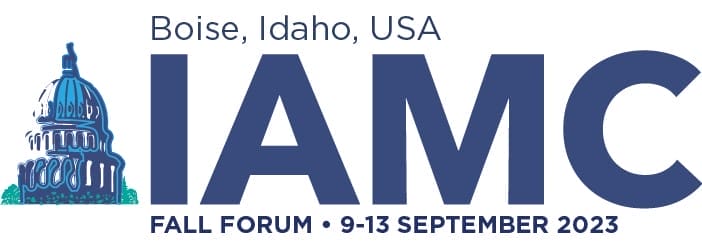Every new corporate proposal needs a proof of concept. And there’s no stronger proof than a sound financial business case. Explaining how an initiative can generate revenue or improve pre-tax income is sure to grab the attention of the folks in the C-suite.
Over the past few letters, we’ve explored how to strategize on new, out-of-the-box initiatives. We’ve identified opportunities and evaluated their applicability to our business. Now it’s time to measure costs and benefits.
Two issues arise. First, not everything that benefits Corporate Real Estate is beneficial to the company. Our job is to support the business, its customers, its goals and its culture. So, the input of other departments will be key. Second is access to the C-suite. Decisions such as consolidating locations may save money, but how will they impact other business units, stakeholder perception, employee morale and retention, and, most importantly, your customers? In other words, there are more than financial costs involved. So, it’s key to ask a broad range of questions with an understanding of your business and culture beyond CRE.
Let’s say the idea was floated — by someone in-house or a colleague at an IAMC meeting — that sale-leasebacks are a great initiative to improve cash flow. But how would that lease impact your flexibility to relocate if there are changes in market trends and labor availability? What will it cost the company in upfront commissions and taxes? What about downstream rent escalations?
Conversely, someone might suggest that asset ownership provides longer-term locational certainty. What capital is currently available to make a purchase? Is the location in a seller’s market? Is it the right time to buy, given the current lending environment? Are these stand-alone decisions for CRE alone, or do you need the larger-picture perspective of, let’s say, Operations and Finance?
The idea of corporate culture has come up a few times. Not all new initiatives need to be asset-specific. Some also assist with supporting CRE’s influence on diversity, equity and inclusion (DEI) initiatives and environmental, social and governance (ESG) protocols.
On the first score, questions arise about how CRE can support the corporation’s DEI initiatives and take them to the next level. How do you mount an outreach campaign or analyze internal results? On the second score, what initiatives can be implemented and with what costs and returns? How will these initiatives satisfy the growing number of local carbon mandates? In both cases, what is the cultural impact and public perception of the firm?
So, the mission to pin down costs and benefits starts with data gathering from those internal, affected business lines. It certainly demands a long conversation with Finance as well as Operations. Keep in mind also not every new initiative needs to carry a hefty price tag. Try to identify those projects that can be implemented with the resources you or another department might already have.
Data gathering might also mean marshaling the input of outside sources, including brokers, consultants and other providers, such as your economic development advisors. Depending on the source, you could be looking at short-term charges to get the program, whatever it might be, up and running.
Long-term charges are likely to come in the form of additional staff and the salary, benefits and training they represent. Long term or short, the savings or additional profit you envision from your program will compensate for the expenses your program incurs.
Once all cost data have been collected, it’s time to accurately assess the charges and changes they bring, be they financial, organizational or cultural.
But your work isn’t over. Before you approach the C-suite to take in your proposed new avenues to business improvement, there’s one more step: Allow the many colleagues you’ve enlisted to review and critique your work.
And therein lies the topic for our next letter.
Karen Shchuka
Chair, IAMC Board of Directors
